Hop aboard for a fascinating journey as we traverse the globe, exploring the crème de la crème of public transit systems. From the meticulous punctuality of Tokyo’s trains to the remarkable efficiency of Hong Kong’s MTR, this article explores the world’s most exceptional urban transport solutions.
Whether it’s the historic charm of London’s Underground, the innovative integration of Singapore’s MRT, or the environmental foresight of Zurich’s trams, each system has a unique story to tell.
This is not just about getting from A to B; it’s a celebration of urban mobility at its finest, where efficiency meets innovation, and commuting turns into an experience worth remembering.
Understanding Public Transit
Public transit systems play a crucial role in reducing traffic congestion and pollution, while providing an affordable means of transportation. Some cities have mastered the art of public transit, boasting what many consider to be the best public transit in the world.
Hong Kong takes pride in its MTR (Mass Transit Railway) system which stands out as arguably one of the best public transits globally due to its efficiency and punctuality. Over 90% of daily trips are made on this extensive network that covers virtually every corner of Hong Kong.
Singapore’s Mass Rapid Transit (MRT), another contender for the title “best public transit in the world,” is renowned for its cleanliness, safety measures, and seamless connectivity. The World Economic Forum has consistently ranked Singapore’s MRT as one of the top global performers. Additionally, it incorporates futuristic technology like automated trains with no drivers.
The Swiss Rail System also deserves honorable mention among these top-tier systems. Known for precise timetables and high-frequency service, Switzerland’s transport infrastructure is considered by many experts to be one of Europe’s most reliable.
In North America, New York City’s subway system serves as a lifeline for millions daily. Although it may not always receive rave reviews due to some maintenance issues or delays, it remains an integral part of city life.
- The NYC subway provides 24/7 service,
- a feature not common among even some contenders for best public transit in the world.
In terms of accessibility spans and round-the-clock operations alone, NYC certainly earns itself a spot on any list discussing superior worldwide public transportation.
Importance of Efficient Public Transport
Public transportation systems are the lifeline of bustling cities worldwide, and some have earned the title of the best public transit in the world due to their efficiency, reliability, and coverage.
One such example is Hong Kong’s Mass Transit Railway (MTR), acclaimed for its 99.9% on-time performance. The MTR not only serves as a model for punctuality but also boasts an expansive network that covers nearly every corner of this vibrant metropolis.

Another contender for the best public transit in the world is Zurich’s integrated system encompassing trams, buses, boats, and trains. It stands out with its extraordinary frequency – no spot in Zurich is more than 300m from a transit stop! Furthermore, it adheres to a strict timetable ensuring all modes synchronize seamlessly. This unique approach results in decreased waiting times and increased convenience for users.
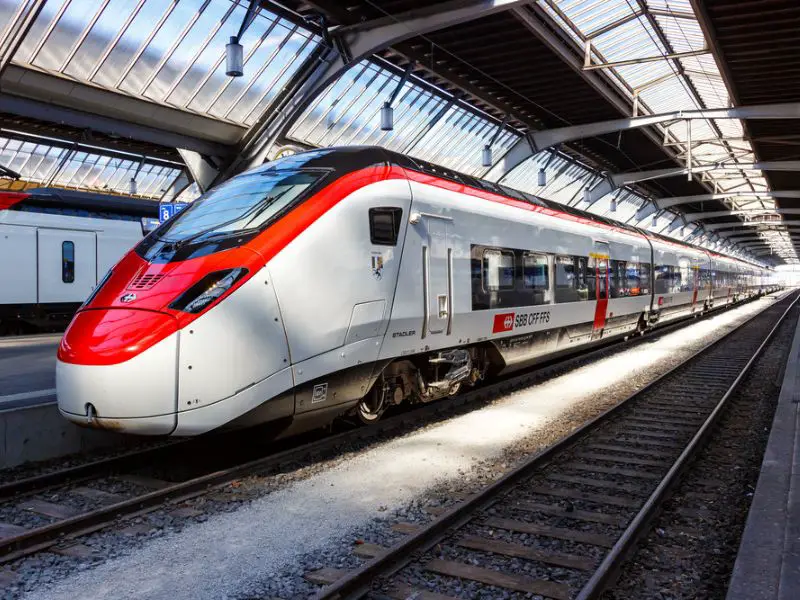
Apart from being efficient commuting options, these transport systems significantly contribute towards sustainability goals by reducing carbon footprints.
- Zurich’s transport network encourages cycling by allowing bicycles onboard during off-peak hours,
- Hong Kong’s MTR has incorporated various energy-saving measures into its operations.
The role played by these systems goes beyond mere transportation; they shape urban development patterns while promoting environmental responsibility – crucial elements defining the best public transit in the world.
Ranking the Best Public Transit in the World
When it comes to efficiency, accessibility, and sustainability in urban mobility, some cities truly stand out. For instance, Tokyo boasts arguably the best public transit in the world.
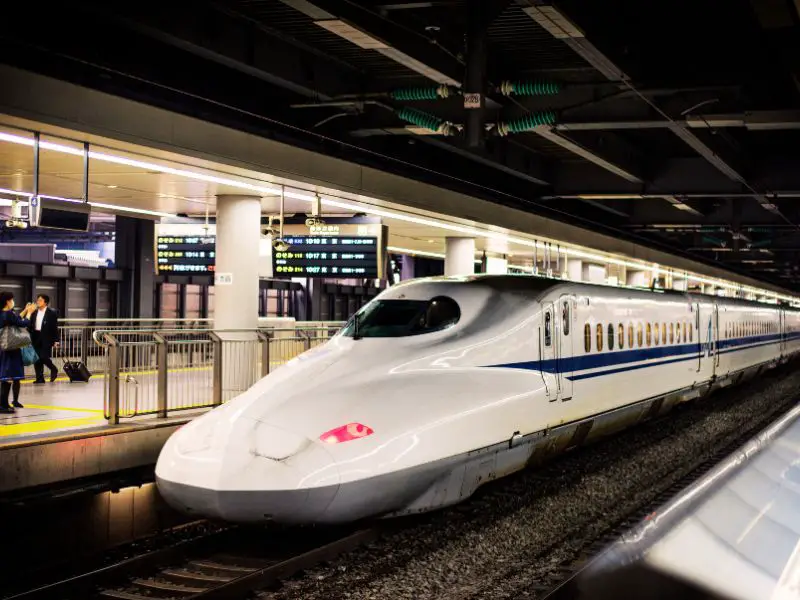
Tokyo’s intricate network of subways and commuter trains is renowned for its punctuality and coverage. With nearly 900 integrated rail stations throughout the city, residents can get almost anywhere with ease. Additionally, Tokyo’s high-speed Shinkansen bullet train offers a fast yet smooth ride between major cities – even during peak hours.
Yet Europe is not left behind when ranking the best public transit systems.
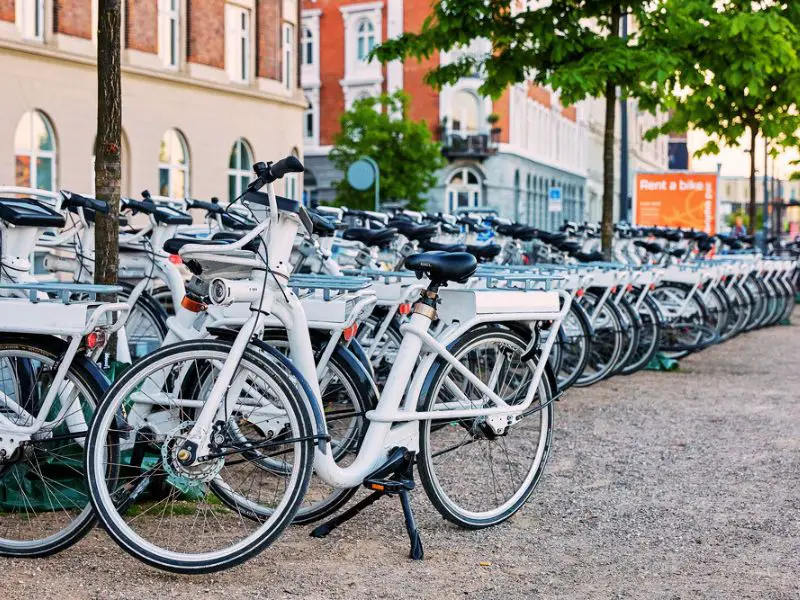
Zürich has an impressive system that combines buses, trams, boats, and trains into one seamless service. Their extensive tram network covers most parts of the city, promising no more than a 300-meter walk from any given stop!
Also worth mentioning is Copenhagen’s innovative use of bicycles as part of their public transport strategy – bikes are allowed on all trains at no extra charge! This integration makes it easier for users to combine different modes of transportation on their daily commutes.
The Americas also showcases some contenders for the best public transit in the world.

New York City’s subway system might be over a century old but remains one of the largest and busiest systems worldwide. It operates 24/7 connecting five boroughs with more than 470 stations.
Fun fact: The NYC Subway serves up to 5.5 million riders per day!
Meanwhile, down south, Curitiba in Brazil flaunts an efficient Bus Rapid Transit (BRT) system which sparked global interest since its inception in the seventies due to its affordability and speed. Say goodbye to traffic jams!
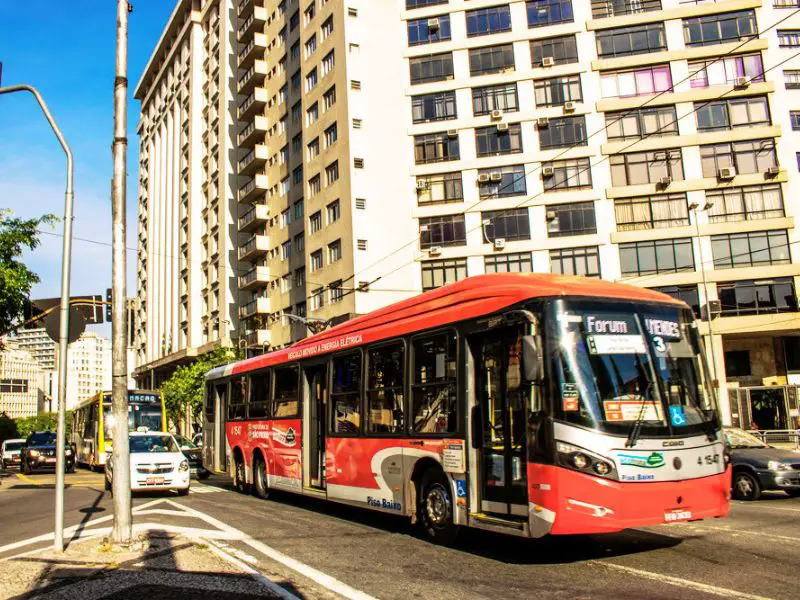
These cities prove that the best public transit in the world is not a fantasy but an achievable reality. They set impressive standards for other cities to aspire towards, showing how public transportation can be efficient, accessible, and environmentally friendly.
Public Transit in Asia: Spotlight on Tokyo and Hong Kong
The bustling cities of Tokyo and Hong Kong boast some of the best public transit in the world. Tokyo’s intricate network of trains, subways, buses, and ferries efficiently serves its metropolis. The city’s train system is a marvel; it’s punctual to the second, a feat rarely witnessed elsewhere.
Moreover, their Shinkansen bullet trains are renowned worldwide for their high speed (up to 320 km/h) and comfort. Tokyo’s Metro subway system also stands out with its eye-catching design elements that make navigation easier through color-coded lines.
In contrast but not inferior is Hong Kong’s MTR (Mass Transit Railway), another name synonymous with the best public transit in the world. This extensive rail network covers most parts of this vertical city while maintaining an impressive 99.9% on-time rate.
- The Octopus card system makes travel seamless across different modes of transport including trams and ferries – even used for small retail purchases!
In addition to being efficient, both Tokyo and Hong Kong’s systems are immaculate – cleanliness is considered paramount.
The success behind these outstanding examples lies not just in technology or infrastructure but equally so in social discipline.
A sense of collective responsibility ensures smooth functioning where passengers adhere strictly to rules like queuing up properly or keeping silent within compartments.
So if you’re planning your next visit to Asia, mind your manners, as they say,‘ when riding amongst giants.’ – This last note might bring a chuckle yet remains true when considering these two cities that host the best public transit in the world.
Europe’s Best: London’s Underground and Switzerland’s SBB
When discussing the best public transit in the world, one cannot overlook Europe. Particularly, London’s Underground and Switzerland’s Swiss Federal Railways (SBB) stand as shining examples of excellent public transportation systems.
London’s Underground, affectionately known as ‘The Tube’, is a remarkable feat of engineering recognized globally for its efficiency and coverage. With 11 lines covering 402 kilometers and servicing over 270 stations, it has successfully woven itself into the fabric of everyday life in London since its inception in 1863. In terms of accessibility and ease of use, it tops many lists for the best public transit in the world.
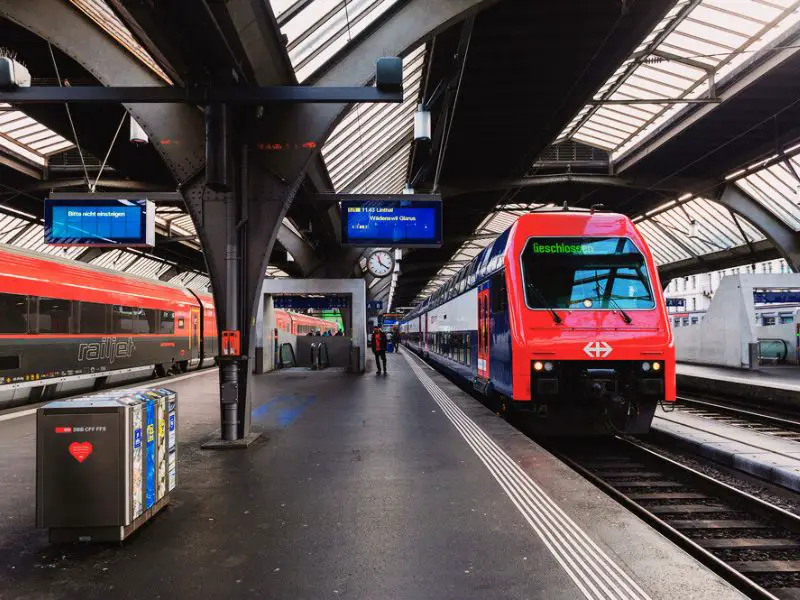
Switzerland’s SBB: On par with The Tube for being among the best public transit in the world is Switzerland’s SBB. Known worldwide for its punctuality – an impressive average delay of under two minutes – this railway system covers almost every corner of this picturesque country.
Operating more than a thousand stations, it provides not only domestic but also international services to neighboring countries like Italy or Germany. What sets SBB apart from other transportation options is their commitment to environmental sustainability; they run mostly on hydroelectric power making them one of Europe’s greenest rail networks.
The Comparison: While both these systems signify some facets that make them among “the best public transit” contenders worldwide; there are stark differences too.
Whereas The Tube impresses with its historical legacy and integration into city life, SSB captivates users by offering scenic routes through the Swiss Alps along with precision timing. Both have managed to incorporate modern technology enhancing user experience – be it contactless payment methods on The Tube or real-time updates about train schedules on your mobile device via the SSB app. While each system has unique features that make it stand out, they both exemplify why European public transit is often considered the best in the world.
North America’s Leading Public Transits: New York and Toronto
When it comes to the best public transit in the world, two North American cities often make their way into the conversation: New York and Toronto.
The Metropolitan Transit Authority (MTA) of New York is widely recognized for its extensive network that operates 24 hours a day. It has over 472 stations and caters to approximately five million passengers daily, making it one of the busiest systems worldwide.
Furthermore, MTA’s bus system complements its subway network impeccably, providing access to even remote areas of The Big Apple. The convenience offered by this round-the-clock service truly makes MTA one of the best public transit in the world.
The Toronto Transit Commission (TTC), on another hand, stands out with its hybrid model combining buses, streetcars, subways, and light-rail lines.
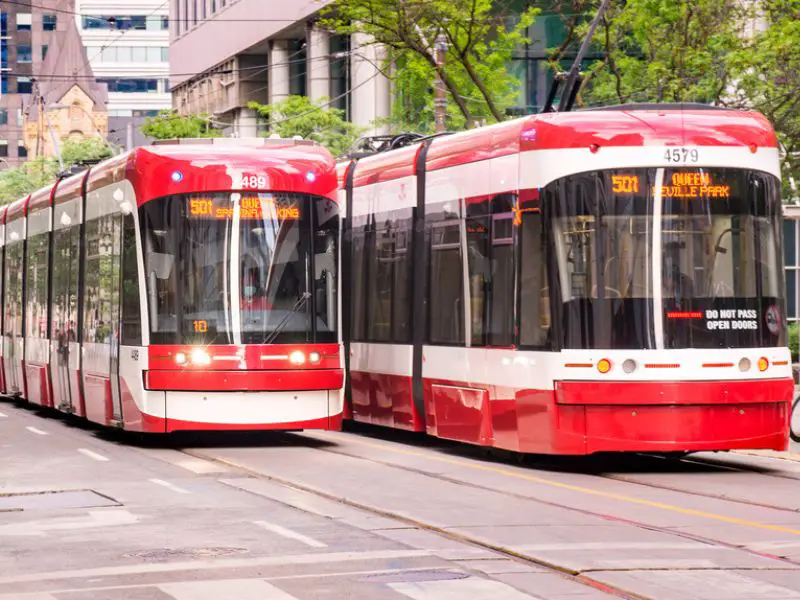
Toronto boasts an impressive ridership figure reaching up to 1.69 million people per weekday pre-COVID-19 times according to TTC reports – quite an achievement for Canada’s most populous city!
Additionally,Toronto’s clean, well-maintained vehicles coupled with digital real-time updates contribute towards establishing TTC as not just a leading North American transit system but also positioning it amongst some ofthe best public transits in the world.
In terms of accessibility features for individuals with disabilities or mobility issues both these transit systems are commendable too.
New York’s MTA is constantly upgrading stations with elevators while Toronto’s TTC aims at having all services accessible by 2025.
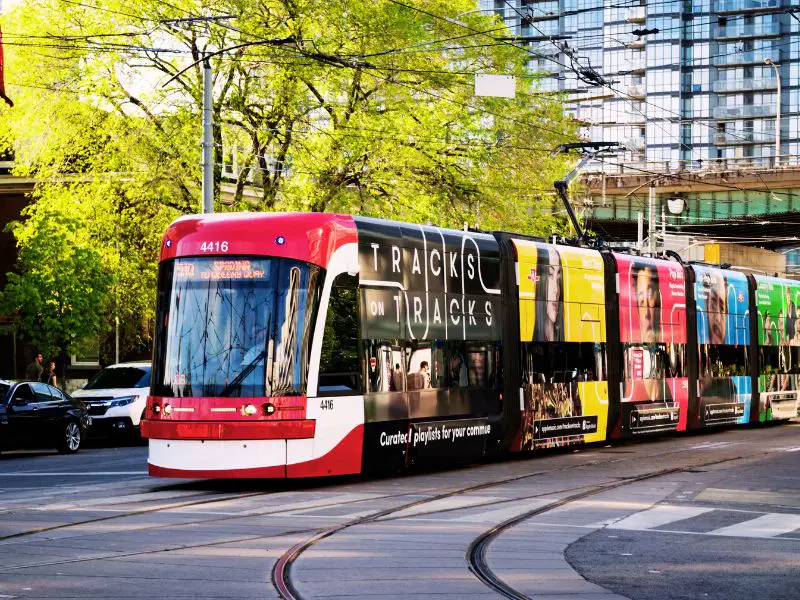
This ongoing commitment towards inclusivity further cements its status among the best public transit in the world.
Despite their occasional shortcomings, the robustness and efficiency of these two systems make them shining examples in North America.
Australia’s Exceptional Transits: Sydney and Melbourne
Australia is a country known for its stunning landscapes, unique wildlife, and bustling cities. Among the urban jewels of this island continent are Sydney and Melbourne, recognized for having some of the best public transit in the world.
These two cities have mastered the integration of various means of transportation into one seamless system that caters to locals as well as tourists.
According to research conducted by UITP (International Association of Public Transport), both cities rank highly due to their efficient trams, buses, ferries, and trains which run on regular schedules throughout each city.
In terms of specifics, Sydney’s transport network is particularly impressive because it effectively covers land and water.
The city boasts an extensive ferry system considered one of the best public transit in the world for its scenic routes across Sydney Harbour alone.
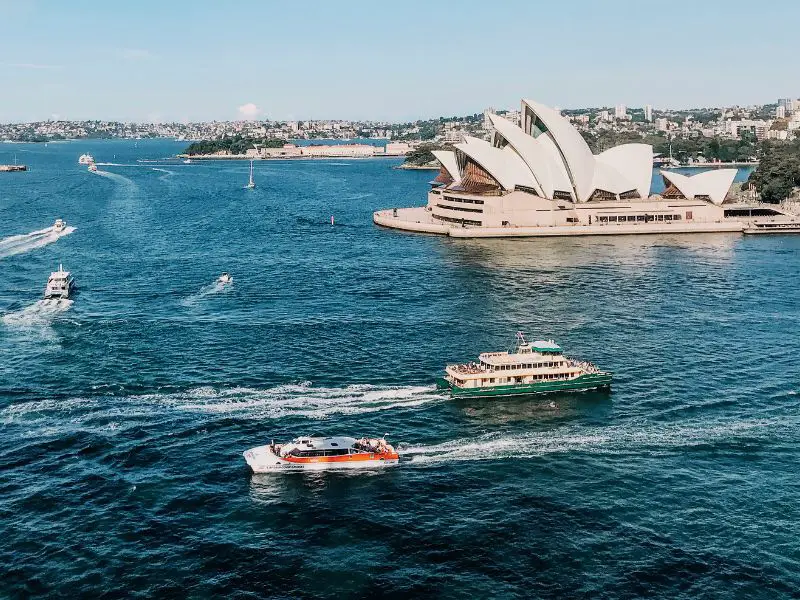
In addition to this maritime marvel, a comprehensive array of buses fills in any gaps left by rail or ferry services ensuring that no corner within a metropolitan area remains inaccessible. Melbourne, on another hand has earned accolades for its tram network – reputedly ‘the largest outside Europe’.
This sprawling web not only serves practicality but also adds a nostalgic charm to city streets with heritage W-class trams still operational amongst modern fleets.
The tram coverage is so wide-ranging that there’s almost no place within the central business district where you can’t catch one – rightfully earning it status as partaking in providing the best public transit in the world. Both these Australian metropolises demonstrate how thoughtful planning can create an effective transportation infrastructure that balances functionality with aesthetics; proving once again why they boast some “best public transit systems”. Whether it be traversing across sparkling waters or cruising through stylish boulevards; getting around Down Under never seemed so effortless and enjoyable!
The Brilliance of Public Transport in Middle Eastern Cities like Dubai
Dubai, one of the fastest-growing cities globally, boasts of having one of the best public transit systems in the world.
A testament to their commitment towards sustainability and ease of mobility for residents and tourists alike.
Their state-of-the-art infrastructure includes metros, trams, buses, water taxis (abra), and even air-conditioned bus stops – a necessary feature given the region’s sweltering heat.
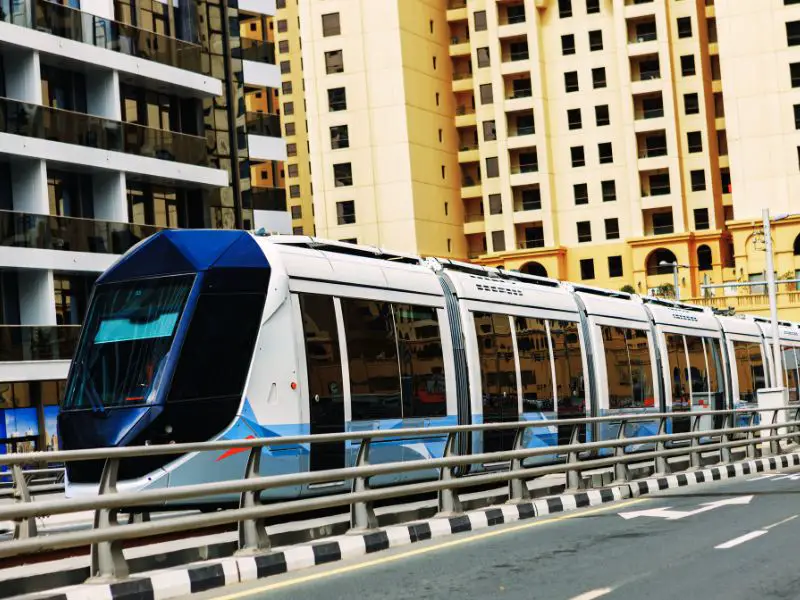
Taking a closer look at their metro system reveals why it is often referred to as among the best public transit in the world.
It features fully automated driverless trains that run along two lines covering most parts of this bustling city.
- An interesting tidbit about these metros is they come with three classes: Gold Class (premium), Women & Children class, and Silver Class (standard) – catering to different passenger needs.
But what truly sets Dubai apart from other cities with great transport systems is its innovative approach towards future transportation solutions.
They are already testing out hyperloop technology which could potentially revolutionize not just local but regional travel as well.
This continuous pursuit of innovation coupled with seamless interconnectivity between various modes makes Dubai’s public transport system undeniably one of the best public transits in the world.
African Cities Making Strides in Public Transport
Recent years have seen a significant transformation in the public transit systems across Africa. Many African cities are taking bold steps towards creating some of the best public transit in the world.
Cape Town, South Africa, for instance, has made tremendous strides with its MyCiTi bus service which boasts an integrated ticket system and scheduled services that reach even remote areas.
The Rea Vaya Bus Rapid Transit System (BRT) in Johannesburg is another example, providing efficient, reliable, and affordable transport to millions.
The city of Addis Ababa in Ethiopia is also not left behind when it comes to having one of the best public transit in the world.
The city’s light rail system – inaugurated back in 2015 – provides speedy transportation around this bustling capital.
With clean energy-powered trains running on dedicated lanes separated from road traffic, Addis Ababa’s Light Rail Transit demonstrates how African cities can effectively tackle both congestion and pollution.
In West Africa too there’s remarkable progress being made: Lagos State government recently launched new buses equipped with free WiFi as part of their Bus Reform Initiative.
Casablanca’s tramway network has been expanding since its inception nearly a decade ago making it Morocco’s premier urban transport solution.
These initiatives represent steps towards achieving equitable access to transport which is key to social-economic development. Indeed they serve as proof that African cities are joining ranks with those boasting some of the best public transit systems globally.
South America’s Improvements in Public Transit: A Look at Buenos Aires and Santiago
In the bustling city of Buenos Aires, Argentina, strides are being made to create one of the best public transit systems in the world. The city’s subway system, known as Subte, has been a significant part of these improvements. With over 1 million passengers daily and six lines stretching across almost 60 kilometers of track, it is not only an essential transportation artery but also an embodiment of progressive urban planning.
Renowned for its vibrant street art that adorns station walls, this colorful network offers more than just functionality – it presents a mesmerizing visual journey through the heart of Argentine culture.
A few thousand kilometers westward lies Santiago de Chile. Much like Buenos Aires, Santiago is investing heavily in enhancing their public transport infrastructure with hopes to fashion one among the best public transit systems.
Their pride and joy is the Transantiago system which combines buses and metro services into a unified network that serves nearly 6 million people daily.
What sets them apart? Their commitment towards sustainability! They’re making efforts to electrify their bus fleet completely by 2040 – a commendable step towards reducing carbon emissions.
The two cities have shown remarkable progress thus far; however, they must continue adapting given our rapidly changing world. For instance, implementing smarter ticketing solutions or expanding routes could help further cement their position amongst some of the best public transits in the world.
Given all this development though there’s no doubt South America will soon be home to multiple entries on lists detailing “The Best Public Transit”.
- Buenos Aires’s Subte: Not just transportation but cultural expression too!
- Santiago de Chile’s Transantiago: An eco-friendly transit model.
- Further improvements can make them a global competitor in public transportation.
The Future of Public Transit: Innovations and Enhancements
The Future of Public Transit: Innovations and Enhancements Public transportation is continuously evolving, to provide efficient, reliable, and sustainable service. One prime example of this progress is found in Hong Kong’s Mass Transit Railway (MTR), often hailed as one of the best public transit systems in the world.
With a 99.9% on-time rate and extensive coverage that includes all major districts across Hong Kong, its success can be attributed to regular maintenance checks and state-of-the-art technologies such as contactless payment systems.
Furthermore, MTR stations are designed with user-friendly facilities including tactile guides for visually impaired passengers. On another part of the globe lies London’s Underground rail network or ‘the Tube’, another contender for having one of the best public transit systems. It boasts an impressive span across the Greater London area.
The system has been enhanced over time using innovative technologies like the electronic ticketing system Oyster cards.
Additionally, it provides real-time updates about train timings and any disruptions—information crucial for commuters’ planning their day around travel. Innovative practices from these top-ranking transits have set benchmarks globally. Tokyo Metro joins them in showcasing some of the best public transit operations worldwide.
Known for punctuality much like MTR but also cleanliness; it even runs women-only cars during peak hours ensuring safety.
The future promises continued advancements toward better services. From electric buses reducing carbon emissions to mobile apps offering seamless navigation through complex networks – we inch closer every day to shaping ideally structured public transit systems around the world. Each city has unique demands requiring tailored solutions yet there’s shared learning when looking at best practices globally – striving for improved passenger experience while being mindful of environmental impact forms core underpinning values driving innovations forward.
How to Make the Most Out of Global Public Transit Systems
Public transit systems are a lifeline for many urban dwellers worldwide. When it comes to the best public transit in the world, cities like Tokyo, Singapore, and Copenhagen top the list with their efficient, clean, and reliable transport networks.
These cities have invested heavily in creating a seamless travel experience that is not only affordable but also environmentally friendly.
The key to making the most out of these global public transit systems lies in understanding how they operate. For instance, Tokyo’s metro system may seem complex at first glance due to its extensive network; however, each line is color-coded and numbered for ease of use.
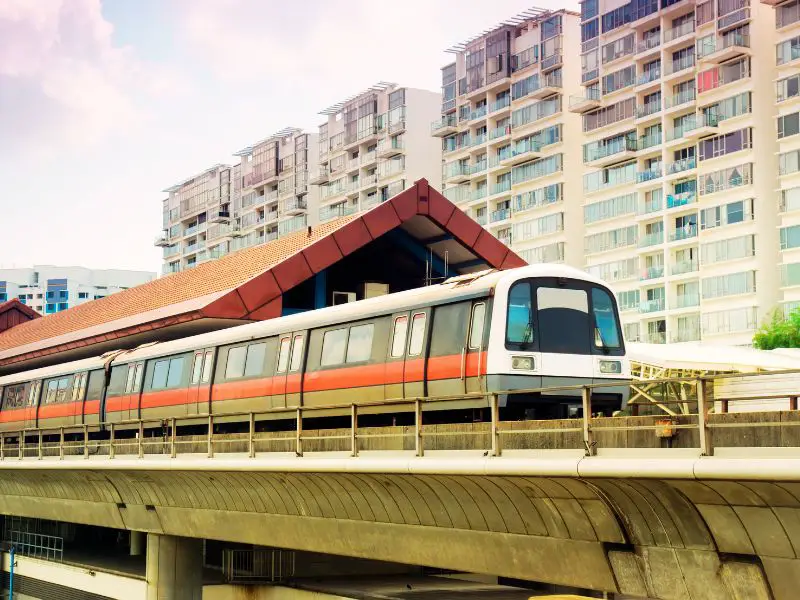
In contrast, Singapore’s MRT (Mass Rapid Transit) prioritizes user-friendly interfaces with clear English signage and announcements. As one of the best public transit in the world, it boasts high-frequency services with minimal wait times.
Meanwhile Copenhagen’s cycle superhighways offer an alternative form of sustainable transport – well-signposted routes ensuring easy navigation across town.
- Tokyo Metro: Extensive network marked by color codes and numbers.
- Singapore MRT: User-friendly interface with clear English signage.
- Copenhagen Cycle Superhighways: Signposted routes for effortless navigation.
A little research can go a long way when traveling via these systems. There are numerous mobile apps available that provide real-time updates on schedules or potential delays which helps users navigate effectively even during peak hours.
Additionally investing time to familiarize oneself with various ticket options such as day passes or reloadable cards can lead to significant savings – another reason why these cities boast some of the best public transit in the world.
In summary, while each city may have unique features that make their transit systems among the best public transit in the world, understanding how to leverage these features and tools can significantly improve your travel experience. So whether you’re commuting or sightseeing, remember to plan, stay informed, and enjoy the ride!
Frequently Asked Questions (FAQs)
Embark on a Green Journey with Captivating Eco Guides: Best Way to Grow Herbs Indoors, Simple Ways to Save Water and Money, Plastic Water Bottle Alternatives

